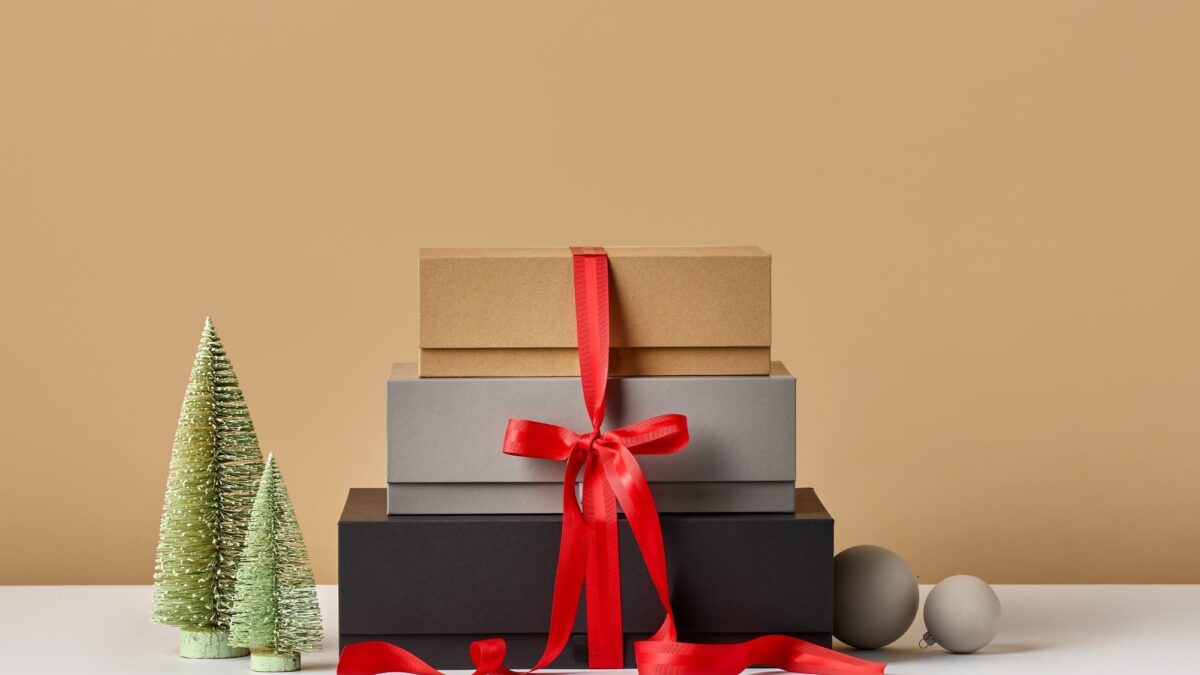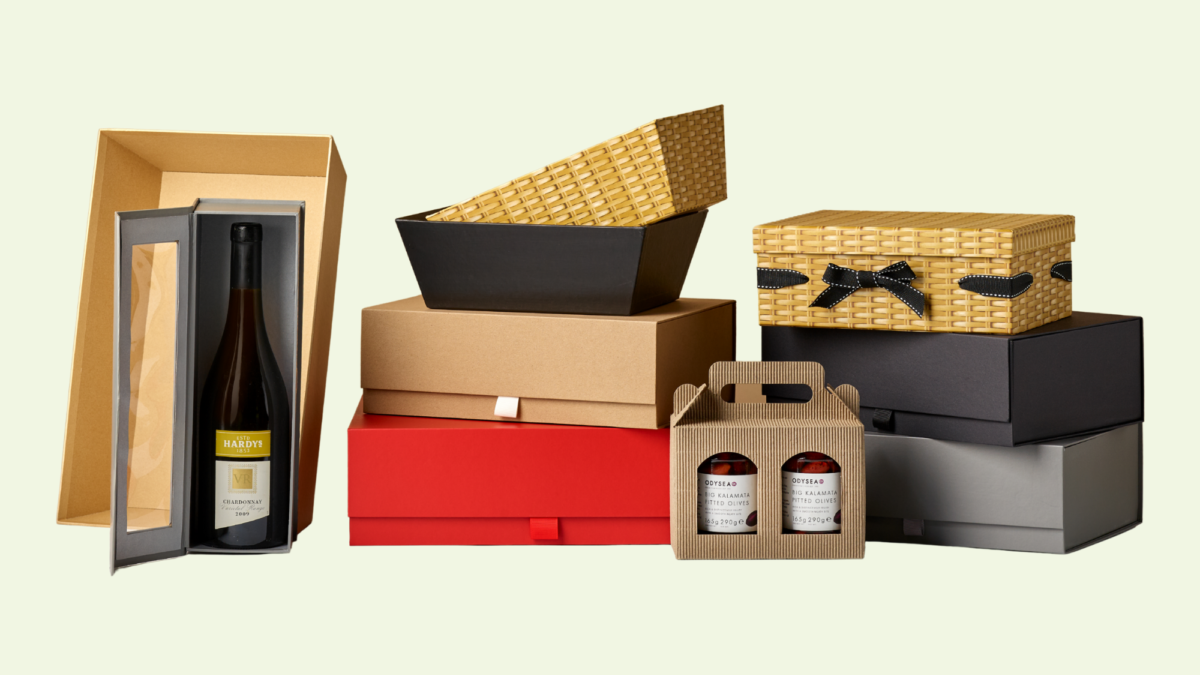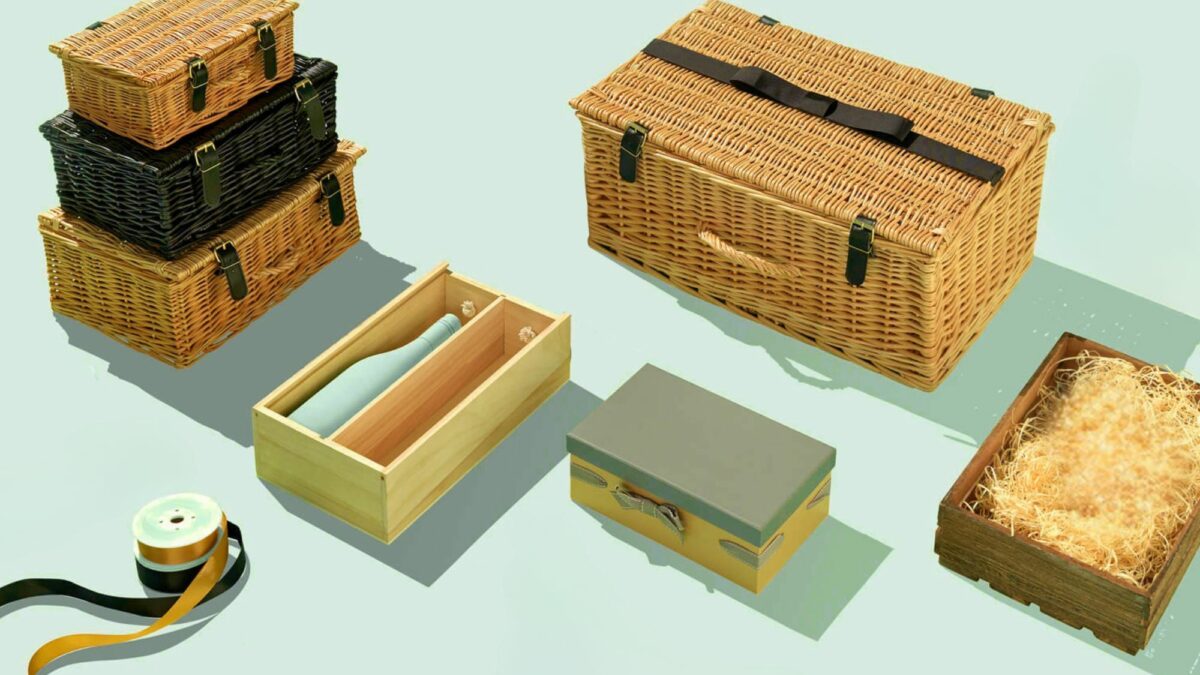Kubu v Willow: What's the difference?
When it comes to selecting the right baskets for hampers, retail displays or hospitality gifting, the material you choose can have a significant impact on both presentation and practicality. Two of the most natural materials in our range are kubu and willow - each offering a distinct look, feel and set of benefits.
Whether you’re curating premium hampers, designing in-store displays or simply looking for packaging that aligns with your brand’s values, understanding the differences between these two materials can help you make the best choice for your business. In this post, we’ll break down the key characteristics, uses and even similarities of kubu and willow to help you decide which material will work better for you.

Understanding the materials
Kubu and willow are both natural materials commonly used in traditional basketry, but they come from very different sources and offer unique characteristics. Kubu is a type of rattan sourced from the Indonesian rainforest. After harvesting, it’s typically soaked, sun-dried and handwoven, resulting in a distinctive weathered grey appearance that gives it a rustic, artisan quality.
In contrast, willow is a fast-growing plant cultivated in warmer climates, our willow comes from the Far East where it grows naturally. We use willow as it has a smooth texture, natural warm tones and a flexible yet sturdy structure. Both materials are known for their strength, sustainability and visual appeal - but their origins and aesthetics set them apart.
Visual aesthetic & different styles
When choosing between kubu and willow, one of the most immediate differences you’ll notice is in their visual appeal. Kubu has a naturally aged, grey-toned finish that gives it a rustic, weathered look - perfect from brands with an artisan, eco-conscious or vintage feel. Its earthy tones pair beautifully with natural or organic product ranges, giving displays a handcrafted, heritage-inspired look.
On the other hand, willow tends to have a lighter, golden brown hue, offering a classic and timeless aesthetic. This makes it an ideal choice for luxury hampers or premium gift packaging where a more polished, traditional presentation is important. While both materials complement a wide range of settings, your brand’s identity and product positioning may help determine which style aligns best.
Practical considerations
While appearance plays a crucial role in basket selection, practical performance is just as important - especially for customers who need products to be functional, durable and fit for purpose. Bot kubu and willow are strong, hardwearing materials, but they behave slightly differently in use.
Kubu is naturally more rigid, offering a solid, substantial feel that makes it ideal for heavier hampers or contents that require extra support. When lined with a plastic liner, kubu baskets are also great for housing plants, perfect if you’re a garden centre or your gifting range offers plants also.
Willow, by contrast, is typically lighter and slightly more flexible, making it easier to handle and transport - particularly useful for gift packaging, giveaways or when stacking and storage are key considerations.
In terms of maintenance, both materials are low-effort and durable enough to withstand repeated use in hospitality or retail environments. However, kubu’s weathered appearance can be more forgiving when it comes to scuffs or wear, especially in high-touch display settings. Ultimately, the choice between the two comes down to how the baskets will be used and the kind of experience you want to deliver to you customers.
Sustainability & ethical sourcing
Sustainability is increasingly a priority for businesses and consumers alike, both kubu and willow offer strong environmental credentials. As natural, renewable materials, they are biodegradable, recyclable and far more eco-friendly than plastic alternatives. Willow is a fast-growing plant that can be harvested annually with minimal environmental impact.
Kubu, made from rattan vines, grows rapidly in tropical climates and is typically harvested by hand in rural Indonesian communities. Its cultivation often supports sustainable forestry practices by encouraging the preservation of rainforests and providing local employment.
At Gadsby, we work closely with trusted suppliers to ensure both our kubu and willow products are ethically sourced and crafted under fair working conditions. Our commitment to responsible supply chains helps our customers make choices that are not only stylish and practical but also aligned with their environmental and ethical values.
Best uses for kubu & willow
Understanding how kubu and willow perform in real-world settings can help you choose the right material for specific needs. While both are versatile, certain uses can tend to suit one material over the other, based on their visual and structural characteristics.
- Luxury hampers: willow is often the go-to choice for high-end hamper presentation. Its smooth texture and lighter tone give a polished, premium feel that complements fine food, wine and gifting assortments.
- Rustic or artisan gift baskets: kubu’s distinctive weathered grey tone creates a more natural, heritage look, making it ideal for brands that focus on organic, handmade or eco-conscious products.
- In-store visual merchandising: both materials can work well in displays, but the right choice will depend on the aesthetic you’re creating. Willow suits classic or country-style themes, while kubu pairs well with modern rustic, Scandinavian or vintage-inspired displays.
- Hospitality welcome packs: kubu’s sturdiness and substantial feel make it particularly well-suited to hotel room welcome packs or guest hampers that need to withstand repeat handling.
- Lightweight gift packaging: willow’s lightweight nature makes it ideal for smaller gifts of products that need to be shipped, carried or stored efficiently.
Similarities between kubu & willow
While kubu and willow each have distinct qualities, they also share several important similarities that make them both excellent choices for businesses in retail, gifting and hospitality. First and foremost, both materials are natural, sustainable and recyclable, making them ideal for brands committed to reducing environmental impact. Their handwoven craftmanship speaks to quality and tradition, offering a tactile, artisan feel that adds value to any hamper or display.
Both kubu and willow baskets are durable, reusable and low maintenance, standing up well to repeated use in commercial environments. They’re available in a wide range of shapes, sizes and finishes. So, whether you’re creating a seasonal gift range, building a visual merchandising display or enhancing guest experiences, you’ll find options that suit your needs.
Conclusion
Choosing between kubu and willow comes down to more than just aesthetics, it’s about aligning your materials with your brand’s story, your customer expectations and the practical demands of your product range.
Kubu offers a rustic, contemporary edge with excellent durability, making it ideal for artisan gifting or robust hospitality use. Willow, with its traditional, refined appearance and lightweight flexibility, is perfect for luxury hampers, retail packaging and displays where timeless appeal matters.





